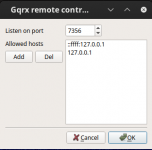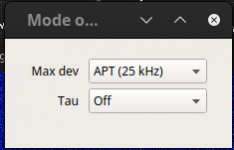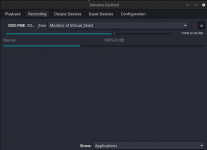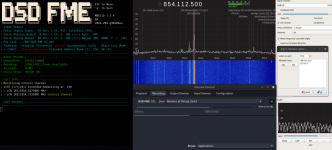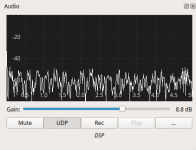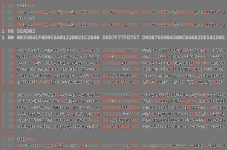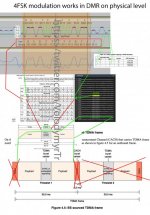What do you want me to do with all of this information again? I honestly have no idea what you want exactly. If you are asking where in all of that dump above you can find the PI header information, its in there somewhere, hard to point it out since that format is OTA without any decoding, i.e., BPTC decode that would be required for that data burst type. Going by burst type, burst type 00 is the PI header, so probably this one?
1 00 0B33B41F0D9C6A0122B021C2840 D5D7F77FD757 D9DB765984380CB46B2DE581D8E
Honestly though, not sure why you need this DSP format for, it was meant for one person who used it to import into their own project data wise, it's not really meant to be user friendly data dumps. I swear, some people here think they are going to look into the Matrix and see the code flowing with some of these data dumps, I literally give you guys pretty much all you need with the -Z payload print out, and I literally do mean for the 98% of the things I get asked about, what is presented SHOULD be more than good enough for you to try to figure out the thing that you want to figure out. We all know what it is, no need to even say it.
For a vast majority of cases, this is literally the only information you will need, unless you are a wizard, a particular wizard who is on a whole other level than the rest of us on this sort of thing.
Code:
12:08:04 Sync: +DMR [slot1] slot2 | Color Code=01 | PI
Slot 1 DMR PI H- ALG ID: 0x01 KEY ID: 0x01 MI: 0x12345678 Anytone RC4 (0x01)
DMR PDU Payload [01][10][01][12][34][56][78][00][00][09][1D][63]
12:08:04 Sync: +DMR slot1 [slot2] | Color Code=01 | IDLE
12:08:04 Sync: +DMR [SLOT1] slot2 | Color Code=01 | VC1*
AMBE EAB2ABFACBCE00 err = [0] [0]
AMBE 938178E426F000 err = [0] [0]
AMBE 8D9505A2FB2380 err = [0] [0]






